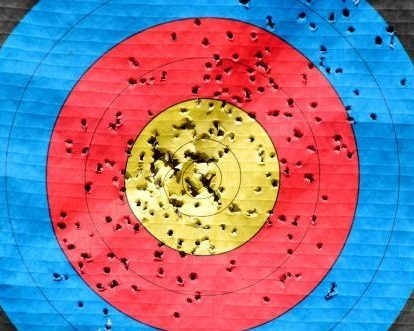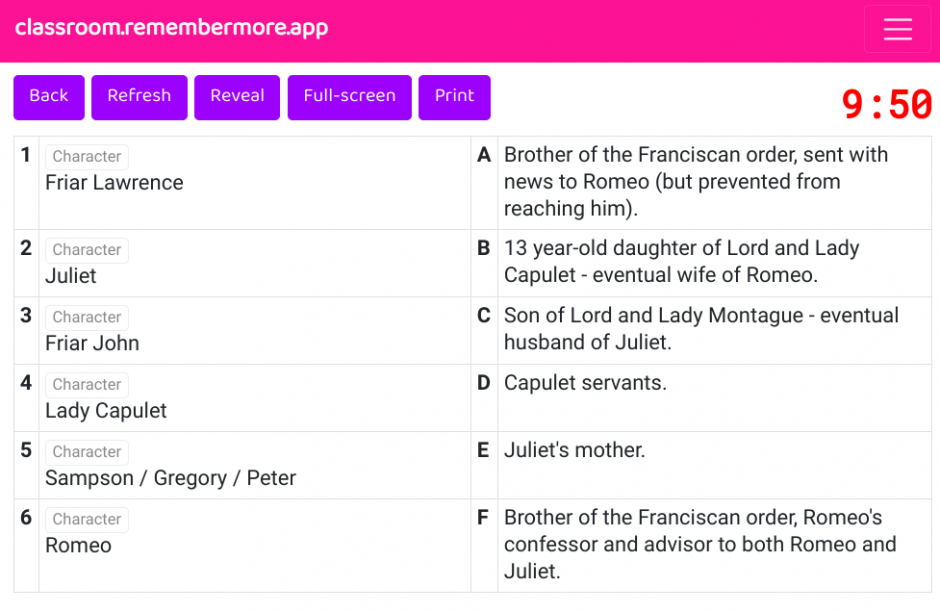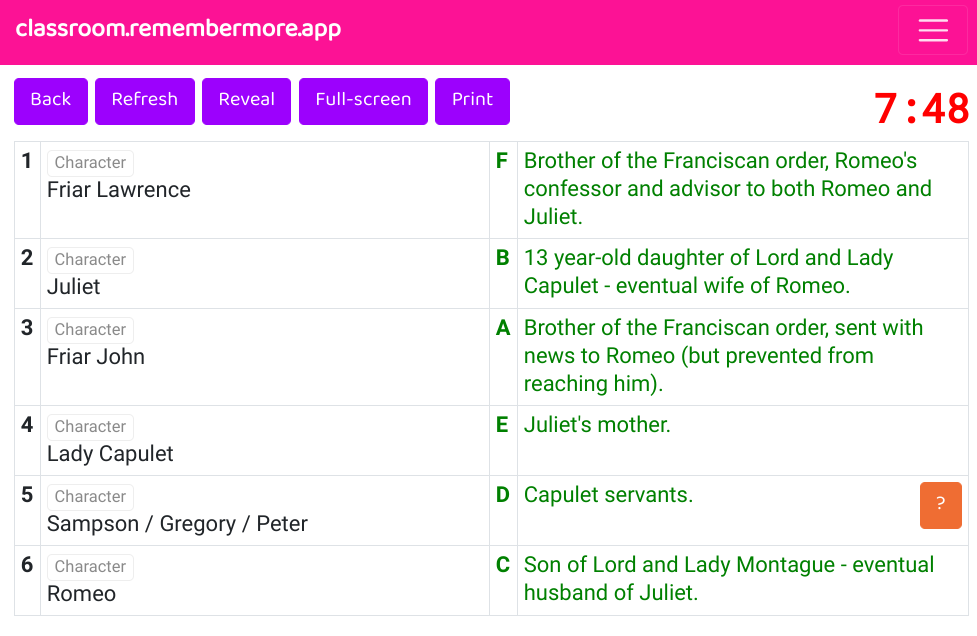Back to school. Back at the coal face. Another fruitful week working on Remembermore and with various curriculum experts and colleagues. What is new?
Classroom.remembermore.app – individual decks now have their own URL. Here is a direct link to KS3 Eng Romeo Juliet.


New decks GCSE Eng Animal Farm and Dr Jekyll and Mr Hyde, GCSE Ancient History, Latin. New curriculum areas in design and “coming soon” (PE, Dance and Drama), an exciting “Punctuation” deck project, new collaborators… from around the world. And a new Match mode was released for road testing.
Match Mode
Thursday was “Match” mode day based on the feedback I had received from some of my colleagues in other schools. Wednesday nights reading ringer in my ears… Yang et al., (2021) reporting “Matching” quizzes as having a whopping g = 0.9 Effect Size.
So here is what I have learnt about the new Match mode revisiting Elizabethan English translations and then 19 characters or Romeo and Juliet with Year 8.
Elizabethan English translations are for the most part single-word pairs or paired associates. Eight pairs were tough, four too few. I recommend 6 q-a prompts to introduce the mode. For Elizabethan English translations, that was just twelve worlds in total. 3 minutes plenty, 2 minutes tight but achievable. Learners quickly adopted two different approaches.
Groups 1 most learners, wrote down two columns of 6 words and drew lines matching up the q-a words. .
Group 2 a few learners wrote down the first stem and then selected the response. Then the second stem, second response and so on.
The 2 column method and lines for overt retrieval (written). Covert – to be explored.
“Reveal” to show the matched pairs – allows learners to self-assess.
For the “Characters” where the learners were more confident, the long q-a pairs did not seem to be an issue and in fact the learners were much faster. We quickly moved to Fastest 10 – Q&A with students answer 10 pairs correctly in an ever decreasing times – Leader board stands at 20 seconds, albeit a very small deck of 19. Now – seeing and hearing the pairing over and over again could only be a good thing for those who “Characters” were a gap in their knowledge.
Why is “Match” mode so important. Does quiz format matter? Yes. Yang et al., (2021) reported the top 3 question formats as (g = 0.9) for Matching; (g = 0.8) for Fill-in-the-blank; (g = 0.6) for Short answer. Just for the recorded, CRM and RM prioritise Fact, Fill, and Finish the sentence – an alternative phrase for “Match.” It lead to a conversation with @MrClassics3 who has also played with the mode.
Ben: I like the acknowledgement that this sort of testing can be AFL. It’s a big hot-topic issue in schools right now. I am interested to know why “Match” has the greatest knowledge gain – is it because a larger amount of the stimulus is already given?
Kristian: For sure. AFL is, and has been for some time, a hot topic. To find out why “match” has such a high effect size I will need to back track the studies sampled by Yang et al (2021). If I had to take an educated guess, retrieving both parts of the paired associate requires processing, then there is an additional effort to consider if “matched” or “non-matched.”
Ben: On the surface Matching appears a superficial process however there’s actually a lot going on there.
Back to the research. Yang et al., (2021) assertion that testing can not only be an assessment of learning, but an assessment FOR learning has tantalising implications for all schools and RememberMore.




